Open Tibial Metaphyseal Fracture with Significant Bone Loss Managed by Masquelet Technique.
Score and Comment on this Case
Clinical Details
Clinical and radiological findings: A 26-year-old female involved in a high-speed motor vehicle collision presented with a 2 cm open wound laterally over the fibula. There was significant bone loss, with metaphyseal bone fragments displaced into the dorsal foot and subcutaneous anterior ankle. Initial debridement was performed, and soft tissue recovery was noted to be excellent after two weeks.
Preoperative Plan
Planning remarks: The preoperative plan involved the use of the Masquelet technique to manage the metaphyseal defect. The decision was made based on the presence of a well-vascularized posterior cortical bone bed visible on lateral imaging, which was anticipated to bridge on its own. The plan included returning at 5-6 weeks to fill the defect with autograft through an anterior approach, avoiding disruption of the posterior biological environment.
Surgical Discussion
Patient positioning: Supine positioning was chosen for the procedure, facilitating anterior access to the tibial defect.
Anatomical surgical approach: An anterior approach to the tibia was utilized, involving a longitudinal incision over the anterior aspect of the tibia. Careful dissection was performed to expose the metaphyseal defect while preserving surrounding soft tissue structures.
Operative remarks:The surgeon remarked on the favorable biological environment provided by the vascularized posterior cortical bone bed, which was expected to facilitate spontaneous bridging. The decision to avoid a posteromedial or posterolateral approach for grafting was made to preserve this biological advantage. The avoidance of an external fixator such as an Ilizarov frame was also highlighted as a patient-centered decision, aiming to improve patient satisfaction and comfort.
Postoperative protocol: Postoperative rehabilitation included non-weight bearing for the initial period, with gradual progression to weight-bearing as tolerated following graft incorporation.
Follow up: Not specified.
Orthopaedic implants used: Not specified.
Search for Related Literature

orthopaedic_trauma
- United States , Seattle
- Area of Specialty - General Trauma
- Position - Specialist Consultant

Industry Sponsership
contact us for advertising opportunities
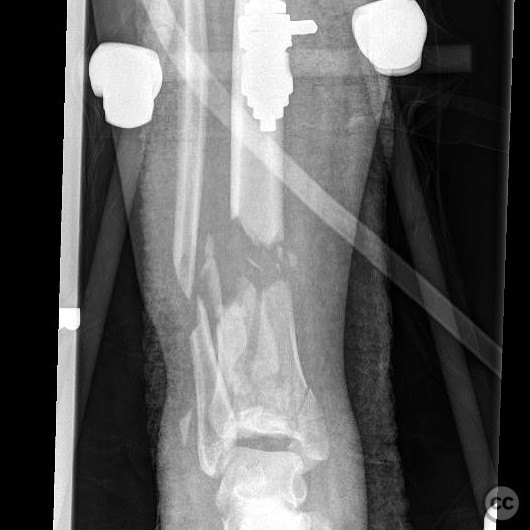
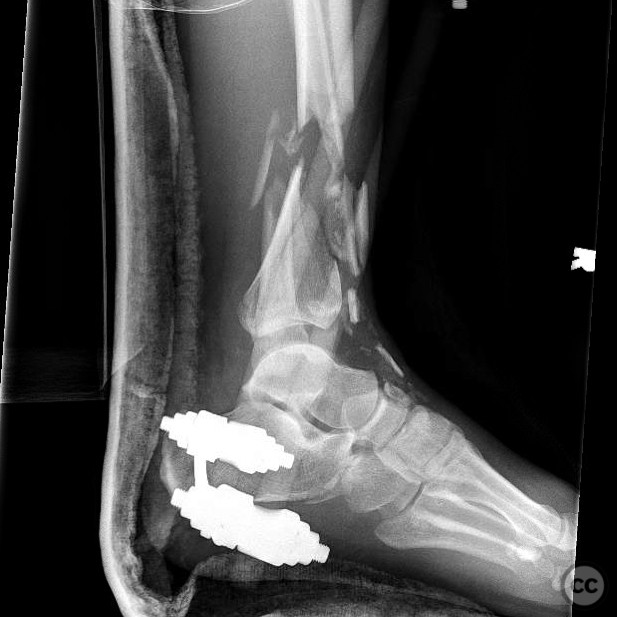
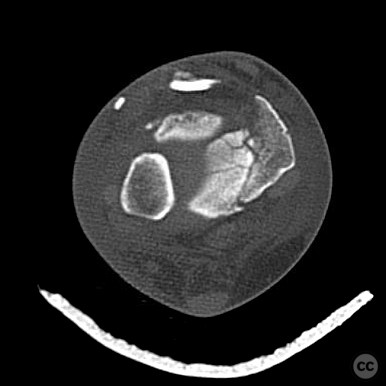
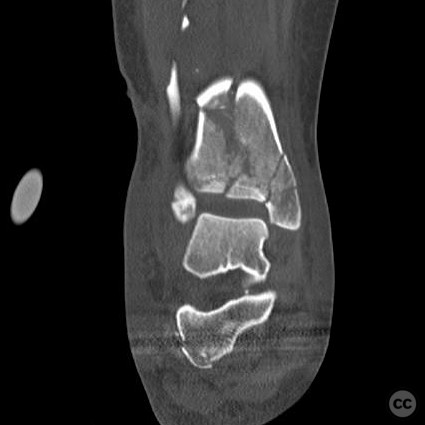
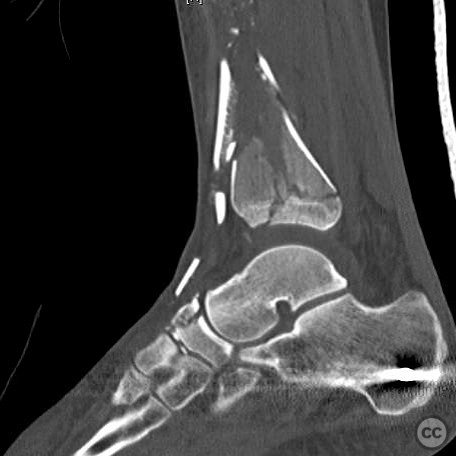
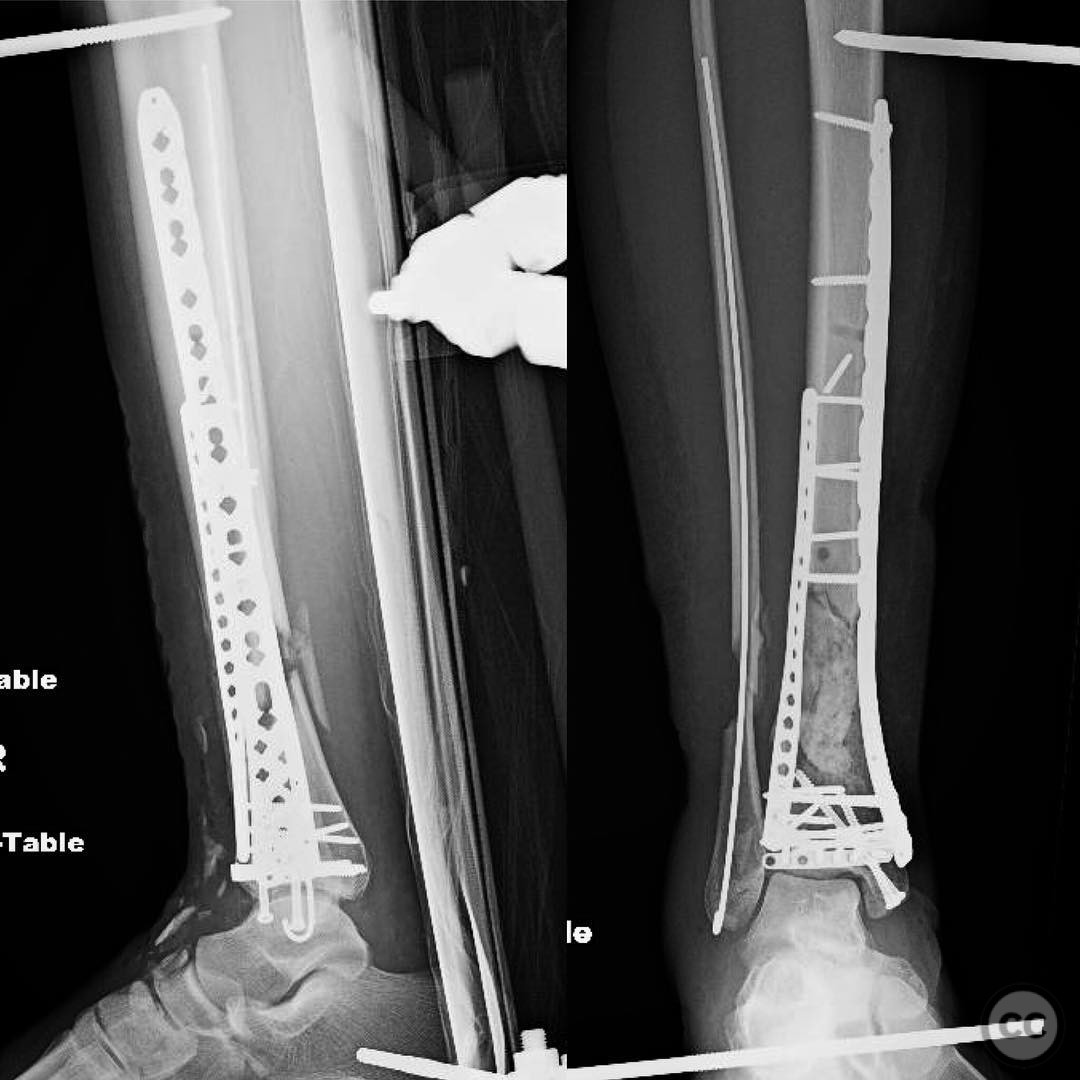
Article viewed 102 times
26 Jul 2025
Add to Bookmarks
Full Citation
Cite this article:
Surname, Initial. (2025). Open Tibial Metaphyseal Fracture with Significant Bone Loss Managed by Masquelet Technique.. Journal of Orthopaedic Surgery and Traumatology. Case Report 22438462 Published Online Jul 26 2025.